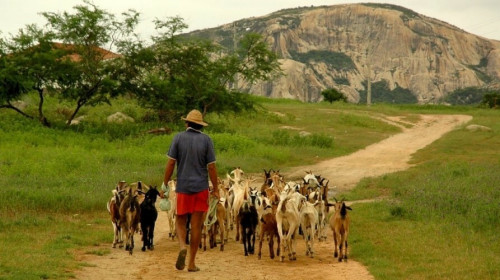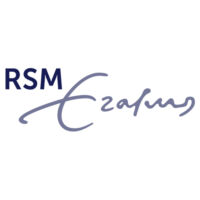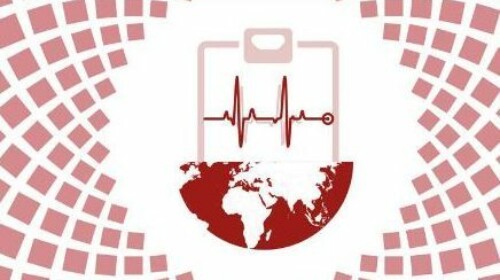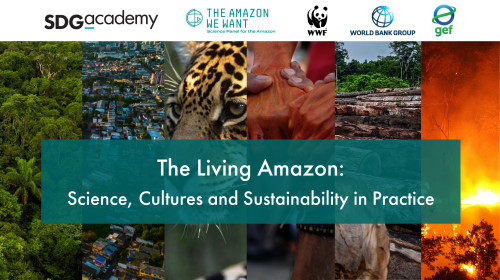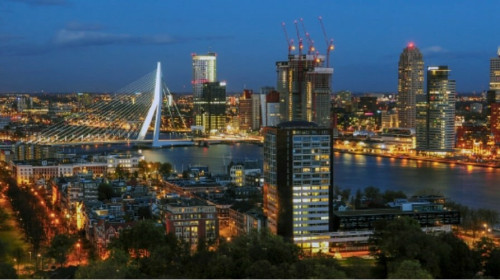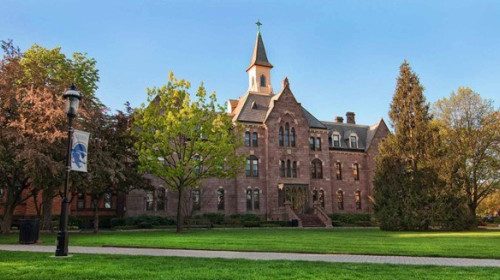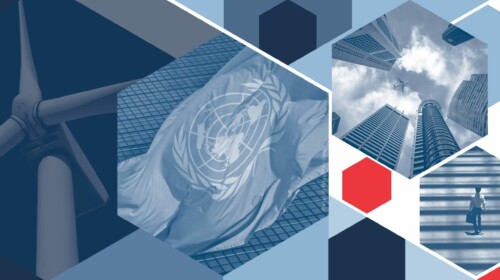The community service organisation SISAR, in partnership with various governmental institutions and development banks, managed to significantly increase rural coverage of clean water. Yet about half the population in rural Ceará still had no access to clean water supply or had precarious water services. There was ample room to expand the system within the state and scale it up for the entire country. But to achieve this, SISAR needed to figure out (i) whether it should be run as a private business independent from the state; (ii) whether it should aim to expand its participation within the state of Ceará ‒ then at 36% of the rural population ‒ and if so, how; and (iii) what the best funding model would be that could enable it to scale up as well as improve its current infrastructure and maintenance programme. This case allows students to develop new strategies that bring about innovative solutions to foster sustainable economic and social development in vulnerable communities.
Learning objectives:
1. Conduct a full exploration of a sector/problem’s wickedness dimensions, especially to identify and classify the wickedness of rural access to quality water services in a developing country and, in particular, in a poor and arid region;
2. Analyse a multi-stakeholder initiative, exploring (i) how to involve the needed stakeholders in order to deal with a wicked problem and (ii) how to better fit the level of complexity of a problem to a cross-sector partnership. Specifically, students will analyse the SISAR partnership arrangement in terms of the model’s strengths and weaknesses in relation to effectively addressing the problems of the rural water sector in Brazil;
3. Explore how a multi-stakeholder project may seize multiple SDG opportunities. Students will address the nexus challenge and its intervention ambiguities (how to leverage potentially positive nexus interactions between SDG6 and other SDGs), use a wicked problems approach to explore the possibilities of nexus benefits, and propose adjustment on the intervention strategy; and
4. Analyse the potential for an inclusive business proposition to scale up and search for innovations to achieve commercial viability and improve social impact.

